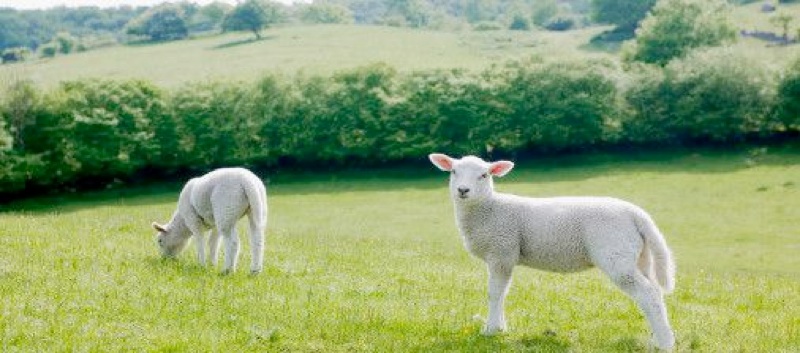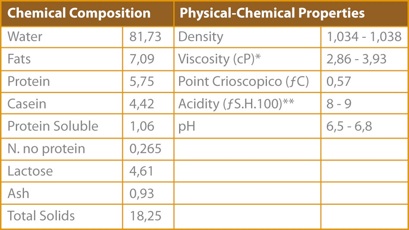In "Turchina" we have about 400 sheep race Sardinia, which are free in our pastures, making their milk and meat of their lambs very tasty.
Our milk becomes cheese thanks to a dairy in the area.
Both the meat that milk is available on demand.





ORGANIC SHEEP
The sheep's milk differ in specific than cattle both physical-chemical microbiological.
It appears white porcelain, clearer than cow for less carotene and with greater viscosity due to the higher content of dry matter.
It appears, however, they contain fat and protein much higher compared to cow's milk.
Tab. 1: Chemical composition centesimal and physicochemical properties of sheep's milk
Note:
* CP: Centipoise - Poise 1 corresponds to a dyne/cm2
** Degrees Soxhlet - Henkel are millilitres of soda N / 4 necessary to neutralize 50 or 100 milliliters of milk.
The fat
The fat is the component which undergoes major changes in the Corsican lactation: immediately after birth is about values rather high, before falling during the first 50 - 60 days of lactation, in inverse relationship to production. With the progress of lactation fat tends to increase significantly, the gap between the minimum and maximum values up to 30%, and the evening milking milk is richer in fat than the morning. These changes have obviously a major influence on the behaviour of milk and dairy in particular on the content of fat cheese and cheese yields.
The average value of fat in milk sheep reported for all races is equal to 7.13%.
Fats are composed for triglycerides by 98%, at 0.8% from phospholipids and minor amounts from free fatty acids.
The Proteins
The protein content is subject to change in the Corsican lactation, but to a lesser extent than the fat.
In sheep milk the relationship between the protein and total nitrogen matter is very high (equal to 95%) to indicate a nitrogen content not very low protein, to the benefit of the value of organic cheese.
In general, with the progress of lactation, the milk tends to enrich casein protein and soluble, while impoverished non-protein nitrogen.
The serum (b-lattoglobulina, a-lactalbumin and serum albumin) are present in the milk of sheep as a percentage higher than the goat and cow milk and are involved in the production process of ricotta.
CURIOSITY ON SHEEP’S MILK
















Tutti i diritti riservati - La Turchina © - Vietata la riproduzione anche parziale - Made in Skylab Studios Italia








